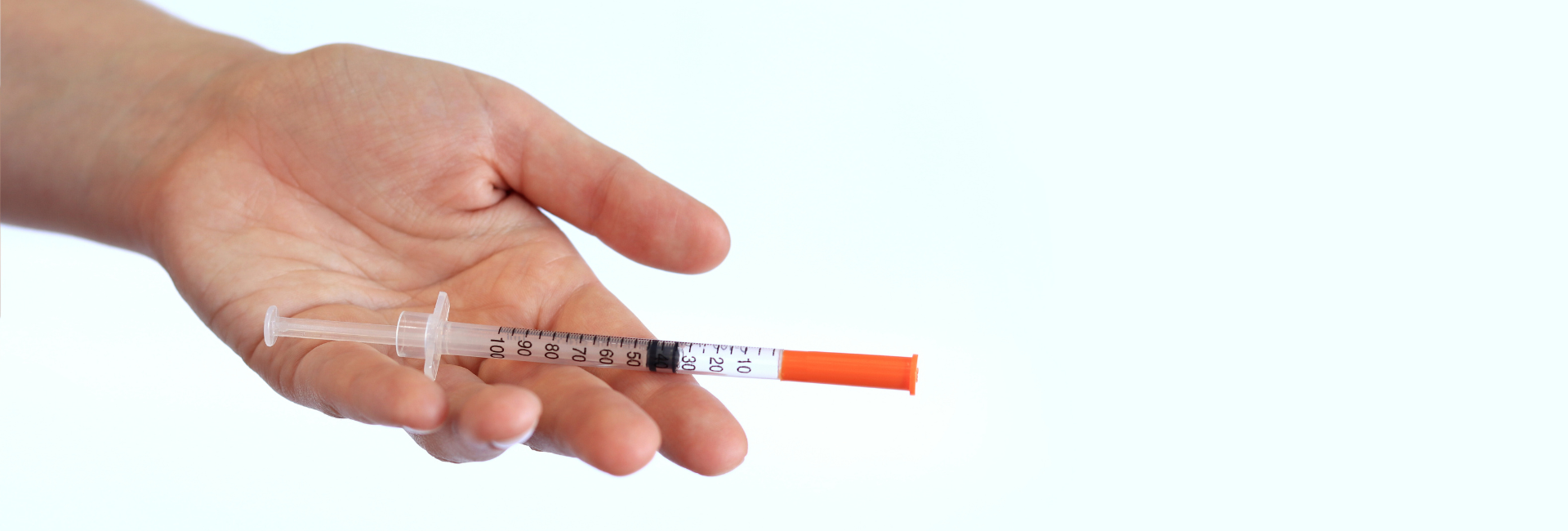
Diabetes management often begins with lifestyle changes and oral medications. Over time, these options may lose effectiveness. As insulin resistance increases, the body stops responding properly to pills. Injections become necessary when oral treatments no longer control blood sugar. They bypass digestive processes, entering the bloodstream directly. This method offers faster results and more precise control over glucose. Many patients transition to injections when complications begin to appear.
Basal insulin works slowly throughout the day to regulate glucose levels during rest
There are different types of insulin with specific roles. Basal insulin is long-acting. It maintains glucose stability when you’re not eating. Usually injected once or twice daily, it mimics the pancreas’s background activity. It doesn’t address meal-related spikes but provides steady support. Patients often start with basal insulin before adding other types. Over time, adjustments help match the body’s evolving needs. Without this base layer, other treatments often fall short.
Bolus insulin helps counter the rapid glucose increase that follows meals
Bolus insulin targets the glucose spikes that occur during meals. It acts quickly and has a short duration. Timing matters—often administered just before eating. This type of insulin reduces post-meal hyperglycemia. Doses vary depending on food type and portion size. Some patients count carbohydrates to calculate the right amount. Bolus injections require attention to timing, portion, and lifestyle factors. Without it, meals may lead to dangerous glucose surges.
Combination regimens offer flexibility when blood sugar control needs fine-tuning
Some patients use both basal and bolus insulin. This method closely mimics natural insulin secretion. It requires more injections but offers greater customization. Blood sugar patterns shift throughout the day. Combination regimens adjust insulin delivery to match those changes. Morning and evening routines often differ. Stress, illness, or physical activity also affect glucose levels. Mixed approaches help keep control stable across shifting daily conditions.
Some newer injectables include GLP-1 receptor agonists that enhance insulin’s effects
Not all injections are insulin. GLP-1 receptor agonists work differently. They increase insulin release in response to food. They also slow digestion and reduce appetite. These effects lower blood glucose without constant monitoring. Many are administered once weekly. Unlike insulin, they rarely cause hypoglycemia. Some patients use them alongside oral medications or insulin. This class of injectable drugs offers alternatives for those needing fewer daily doses.
Daily or weekly routines often determine which injectable method is most sustainable
Frequency affects compliance. Some patients struggle with multiple daily injections. Others prefer fixed schedules, like once-weekly options. Daily routines, travel, and work habits influence this decision. Some injectables require refrigeration, limiting portability. Others come in pens that are easy to carry. Finding a routine that fits your life improves consistency. Skipped doses lead to unstable glucose levels and greater long-term risks.
Injection technique can influence how well the medication is absorbed
How you inject matters. Site rotation prevents tissue hardening and ensures proper absorption. Common areas include the abdomen, thighs, and upper arms. Injecting in the same spot repeatedly causes fat buildup under the skin. This condition, called lipohypertrophy, interferes with insulin absorption. Needles should be changed regularly. Skin should be clean, dry, and pinched slightly during injection. Good habits reduce pain and support better outcomes.
Some patients fear injections at first, but desensitization tends to happen quickly
The idea of injecting can be overwhelming. Many people hesitate before starting insulin. But with proper training, the process becomes easier. Most find the fear disappears after a few attempts. Needles today are thin, short, and designed for minimal discomfort. Support from nurses or diabetes educators can ease the transition. Once routine sets in, injections become part of daily life.
Monitoring blood sugar remains essential, even after switching to injectable treatments
Injections don’t eliminate the need for glucose monitoring. You still need to track your levels daily. Blood sugar guides dosage adjustments and signals patterns. Some use finger-prick tests, while others wear continuous monitors. These tools offer immediate feedback. If readings remain high or low, doses may need adjustment. Injections without monitoring increase the risk of errors and complications. Effective treatment depends on staying informed.
The body’s insulin demands shift with stress, diet, illness, and physical activity
Insulin needs aren’t fixed. They change due to various daily influences. Illness increases glucose levels, demanding more insulin. Exercise usually lowers levels, requiring less. High-fat meals delay glucose release, affecting bolus timing. Stress hormones raise blood sugar, even without food. Injections allow you to adapt to these fluctuations. Unlike pills, which have set mechanisms, injections provide flexibility.
Source: Injections in Dubai / Injections in Abu Dhabi
